Start
I’m Orlando Barahona. As a former homeless man in San Diego for the past three years, I’ve had time to research important bits of data scattered across the local news and public resources. What are the costs of paying for emergency room visits, for the crimes brought on by destitution and vagrancy versus this idea?
This is my working presentation to establish an emergency housing and business solution to the San Diego Housing Commission and the Oceanside Housing Authority. The aim is to build a colony of tiny homes as permanent supportive housing.
Your resources and trust are paramount to the success of this vision. Please help me disseminate this page by sharing it. Thank you. Let’s solve the old problem of homelessness in San Diego!
Emergency Resources: 211 San Diego
Success! San Jose, Los Angeles, and San Luis Obispo have passed legislation that allows people to reside in tiny homes. Hooray!! I sincerely hope San Diego follows.

__________________________________________________________
Emergency Resources: 211 San Diego
Friends and supporters, I have found the perfect partner for the new Education, Entrepreneurship and Recovery Program: Tree San Diego, a local non-profit with an amazing mission: to re-forest the County and its branch project Trējuvenation, which saves urban wood; end-of-life trees in a creative way. You can view and share the revised and improved proposal via Dropbox: The Emancipation Project. Feel free to download it, share it via email or on social media.
Success! San Jose, Los Angeles, and San Luis Obispo have passed legislation that allows people to reside in tiny homes. Hooray!! I sincerely hope San Diego follows.

__________________________________________________________
- Opportunity: To develop a colony of tiny homes as permanent supportive housing solutions enlisting the aid of a workforce made of homeless men and women, educated by volunteers, supported by health and human services agencies.
- The Objective: To present an Education and Entrepreneurial Recovery program, aided by a petition for a zoning variance to a designated commercial property in Oceanside or San Diego and a business plan to the San Diego Housing Commission as well as the Oceanside Housing Authority for an immediate solution to the misery we see in our city every day.
The idea of establishing colonies of tiny homes is gaining momentum, with these solutions in other cities and states as antecedents:
Olympia, Washington
Eugene, Oregon
Portland, Oregon
Yuba County, California
Seattle, Washington
Madison, Wisconsin
There are remarkable efforts to establish self-sufficient communities, such as this one in Detroit, Michigan
__________________________________________________________

The Starting Point: A property to build tiny homes away from residential zones. Why? Because it is a humanitarian crisis that can be eradicated. Depending on the zoning code for the property chosen, there must be a filing to obtain a variance to it and have permission to establish a community where people can live and work to regain dignity through service after stability is established by removing stress over homelessness.

This property is in Oceanside. It is located South of the Tri-City Hospital and next to the DMV. It’s suitable for the purpose and close to resources.
HUD and local development officials classify the “pods” or tiny homes as camping cabins. No stoves or other appliances are to exist inside these houses. Therefore, essential structures must be built to accommodate the needs of the village’s tenants.

- At the center of this colony, a central building styled like a rest stop, built to feature clean facilities for showering, washing laundry and communal cooking & socializing areas doubles as a security post. Surrounding this first building a radial plan of shelters and tiny homes will be built or assembled by volunteers and tenants.
- Because the property should be established away from residential areas and basic needs such as case management, healthcare, and food must be met, one solution is to use delivery trucks as mobile stores and a hospital must be located within a few miles of the village.
- Health and Human Services agencies have an opportunity to engage outreach in a centralized location by re-configuring freight trucks as mobile offices.
- Most tenants would have cable or satellite internet and television needs, to be discussed with the leading carriers.
- The ideal location must have a park or rest area for exercise and family activities.
- Transportation to and from the village must be met accordingly using new or existing routes for buses or trains to prevent isolation.
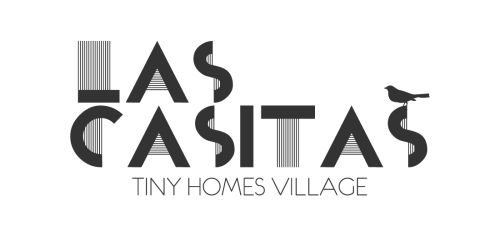
To honor the rich Latino tradition of San Diego, I named the tiny homes village Las Casitas, which is Spanish for The Little Houses.
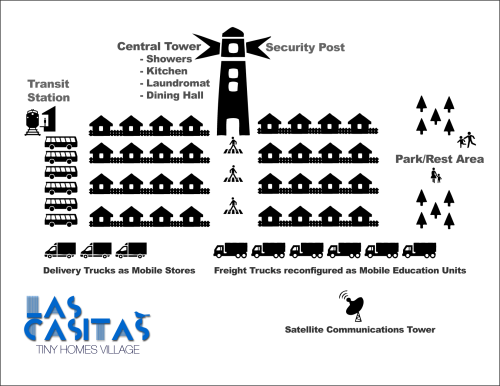
Schematics for the building plan of the Village.

A Sketchup work in progress for the design of the central tower and the model house.
Rest stops gave me the idea when I was on the road to San Diego. There are fantastic architectural examples of these structures:

Rest stop in Texas, which doubles as a tornado shelter. Image: © Timothy Tolle

Geelong Ring Road truck rest stop by BKK Architects, Australia

Rest stop in Georgia (Europe) by J. Mayer H. Architects


The Cube-Shaped Flotane is a Solar-Powered Rest Stop For Hikers in Norway. Architect: LJB AS - Lars Berge
__________________________________________________________

Materials and Technologies proposed for this project are based on the directive to build manufactured or modular tiny homes, with the possibility of moving these units to any part of the city or even other states where they are permitted to settle.

1. FIBERGLASS
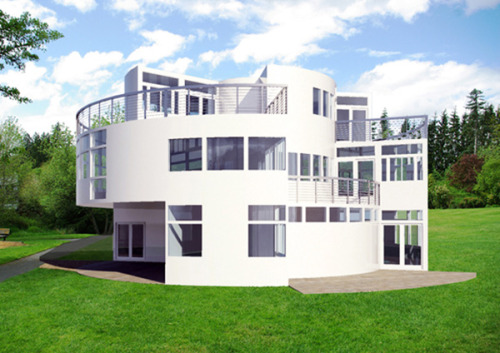
This one by

2. CONTAINER HOMES
3. PRE-BUILT CABIN KITS

This solution is a QCabin
4. FIBER OPTIC CABLES FOR LIGHTING SOLUTIONS
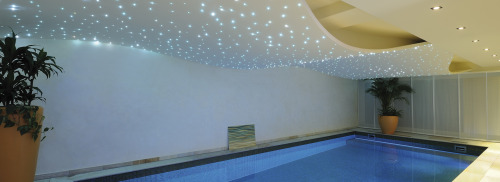
This solution by

__________________________________________________________

Building affordable and profitable urban density through modular Architecture successfully: Tiny Homes or “Granny Flats” in participating homeowners’ properties
Through amended legislation and permits for homeowners, the County would lease parcels of land from existing properties, thus increasing the value of the homeowner’s land, adding a much-needed diversity to the communities in which the pods or tiny homes would be assembled or transported.
A few examples:
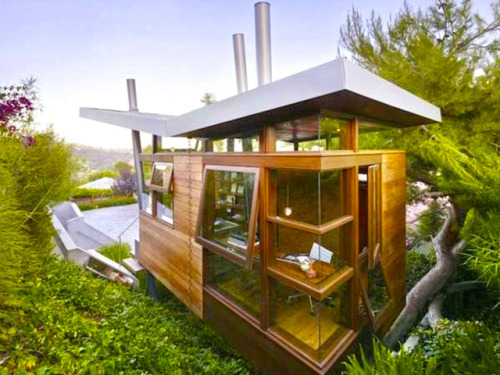 Modern Micro-Cabin | This treehouse sits on stilts, 12 feet from the ground of downtown Los Angeles.
Modern Micro-Cabin | This treehouse sits on stilts, 12 feet from the ground of downtown Los Angeles.
Motivated by the challenge of sustainable urban living, which has already propelled countless tiny homes and prefab housing efforts around the world, Johannesburg-based architect Clara da Cruz Almeida set out to design a micro home especially well-suited for South Africa. The result, unveiled last week at a local design fair, is Pod-Indawo, a modular prefab dwelling that promises to shave some money off the energy bill.
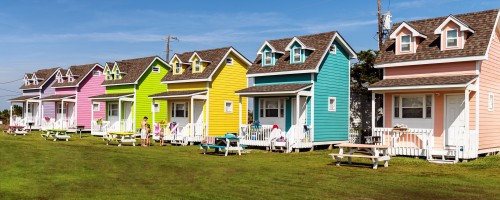
Image: Bill Dickinson via Flickr Creative Commons
__________________________________________________________

LAS CASITAS | ASSETS FOR CASH FLOW
One business possibility is creating the jobs of assembling and customizing the pods or tiny houses enlisting the aid of vocational learning institutions and volunteers to train residents of the model colony.
Asset 1. A Chartered Fleet of Electric Vans
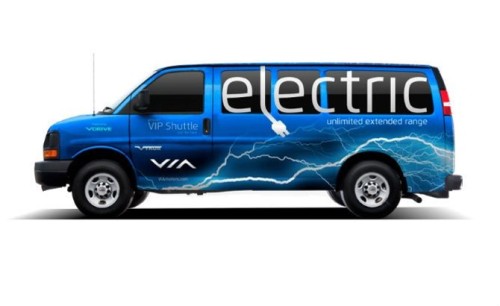
In a joint venture with the Ryan White HIV Planning Council, I’d like to advocate the purchase of a fleet of electricity-powered vans by Viamotors.com.
Another demographic that can benefit from mobile Peer Support is the population of individuals with mental challenges, most with a severe mental illness diagnosis.
The fleet of vans will create jobs and serve as essential transportation for newly-diagnosed HIV+ patients and/or people with a mental challenge if they qualify due to a lack of income.
When the vans are not transporting clients to medical appointments, they can be chartered for private and corporate events.

In a joint venture with the Ryan White HIV Planning Council, I’d like to advocate the purchase of a fleet of electricity-powered vans by Viamotors.com.
Another demographic that can benefit from mobile Peer Support is the population of individuals with mental challenges, most with a severe mental illness diagnosis.
The fleet of vans will create jobs and serve as essential transportation for newly-diagnosed HIV+ patients and/or people with a mental challenge if they qualify due to a lack of income.
When the vans are not transporting clients to medical appointments, they can be chartered for private and corporate events.
__________________________________________________________
Asset 2. Recovery Inspirational Art


With this smaller venture, the propagation of the message of Las Casitas will become interactive through social media as an online store and social hub. Printed wall art, calendars, mugs and other promotional items will coexist with a blog and a community where members can network and contribute to the cause of eradicating homelessness with their input.
__________________________________________________________

Select clients and celebrities will participate in fundraising efforts by recording their voices to create personalized ringtones and royalty-based audio clips. The audio files will be available for sale at Las Casitas retail website.
__________________________________________________________

__________________________________________________________

Las Casitas Tiny Homes Village was conceived as a high-profile solution to the City of San Diego’s homelessness crisis. Civilians, veterans, and families are on the streets.
Outcast workers, such as the disabled and ex-offenders contribute to a picture of human misery in our City. Store owners would agree to the idea of a solution instead of seeing homeless people with mental challenges affecting business every day of the week.
Outcast workers, such as the disabled and ex-offenders contribute to a picture of human misery in our City. Store owners would agree to the idea of a solution instead of seeing homeless people with mental challenges affecting business every day of the week.
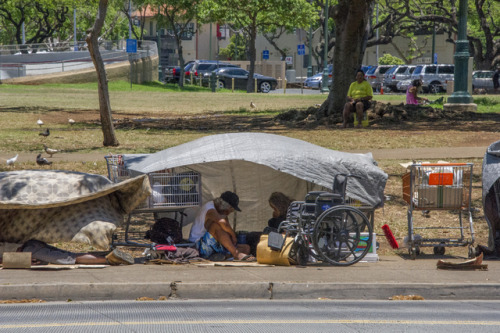
A clear advantage in establishing a residential and commercial area to work in is the convenience of merging educational, health and social resources for all tenants.
Every person in this program will benefit from the renewed hope in the American dream of owning a home at the end of the program and the possibility of becoming self-sufficient is attainable.
Because most business owners do not take a chance in hiring ex-inmates, this concept can also become a solution to overcrowded prisons by offering stability built on a home and a job.

After the success of this first effort, this model can be replicated in any city or small town looking for a humane solution to an ongoing issue in society for far too long.
__________________________________________________________Every person in this program will benefit from the renewed hope in the American dream of owning a home at the end of the program and the possibility of becoming self-sufficient is attainable.
Because most business owners do not take a chance in hiring ex-inmates, this concept can also become a solution to overcrowded prisons by offering stability built on a home and a job.

After the success of this first effort, this model can be replicated in any city or small town looking for a humane solution to an ongoing issue in society for far too long.

Frequently-asked Questions
- What makes this program unique? The appeal it has for everyone to turn the tables on the current models and perceptions of rehabilitation by providing individuals with ideal environments and care; attainable goals and self-improvement as well as self-sufficiency; a re-adjustment of attitudes and outlooks on life through education in an empathic environment.
- What are the requirements to participate in this program? A full commitment of one year, with a maximum of five years, to be open-minded, to serve others and the desire for a better quality of life. A pod or tiny home would be awarded at the end of this public service commitment.
- Who can participate? At first, the homeless, people with a mental challenge and outcast workers with a criminal background. Veterans are welcome to participate and work in Las Casitas projects, where their experience and Ethics will be crucial.
- Is money a factor in the length of this program? One proposal is using labor vouchers to be assigned to tenants. The idea is to curtail the external or internal influences to buy, sell and use drugs and alcohol.
- What is the appeal for this program for a commitment of one to five years for any person interested? A generation of Americans has been fed events through the media that create apathy and disillusionment. This program aims to rekindle the American Dream of owning a home and its focus will be in building an environment of creativity and personal growth through self-realization.

Brooks Venters is a filmmaker living now in Oceanside, California. He approached me after he read an article published at UrbDeZine.com titled “An Insider View on Homelessness in San Diego”, re-published on the San Diego Free Press website and this is the result:
“This documentary chronicles Orlando Barahona’s battle with mental illness, substance abuse, and being homeless in San Diego. Follow Orlando as he submits himself to the local mental health and housing system, and watch as his experience inspires an idea to make it better.”

After corresponding with several officials at the San Diego Housing Commission and the Oceanside Housing Authority, the needs outlined to bid successfully for funding are stated on the next page:


Text link: Wanted

 Add me on Facebook
Add me on Facebook Official Homeless in San Diego page on Facebook
Official Homeless in San Diego page on Facebook Network with me on LinkedIn
Network with me on LinkedIn A Homeless Voice on Youtube
A Homeless Voice on Youtube A Homeless Voice on Vimeo
A Homeless Voice on Vimeo Author Orlando Barahona at Sandiego.UrbDeZine.com
Author Orlando Barahona at Sandiego.UrbDeZine.com________________________________________________________________

LAS CASITAS TINY HOMES VILLAGE | ASSETS FOR PHASE TWO | Time Frame: 5 Years
The following is the vision of phase two. Las Casitas Tiny Homes Village is a model for the future of Rehabilitation through education in a working environment.
After completing our one-year program and serving the community for four years, our clients are eligible to receive a home of their own. Similar homes can be commissioned using several new or re-purposed materials:REFURBISHED SHIPPING CONTAINERS
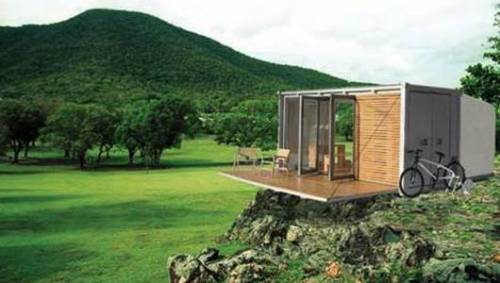
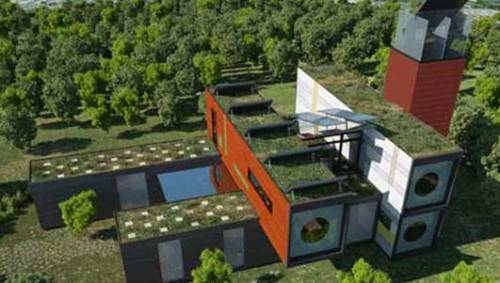
PALLETS
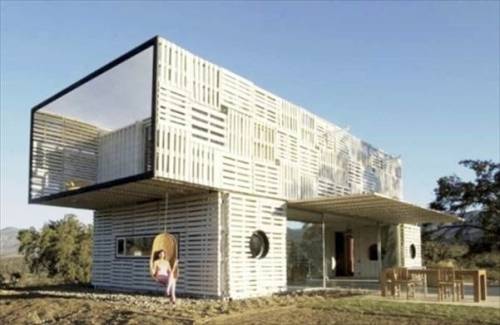
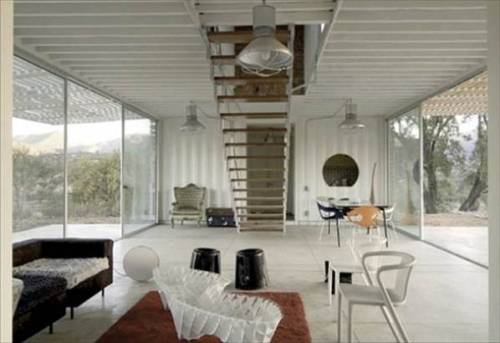
POLYSTYRENE
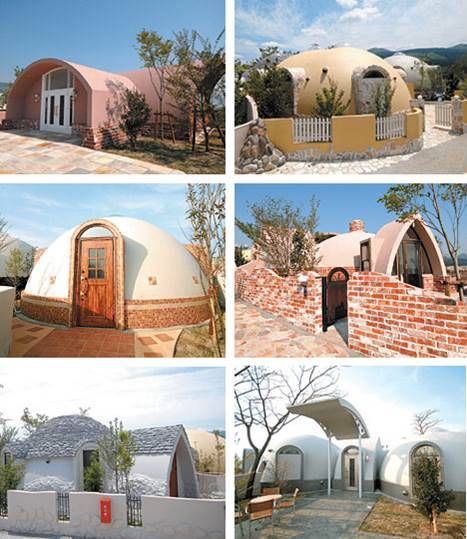

RE-PURPOSED DRAIN TUBES
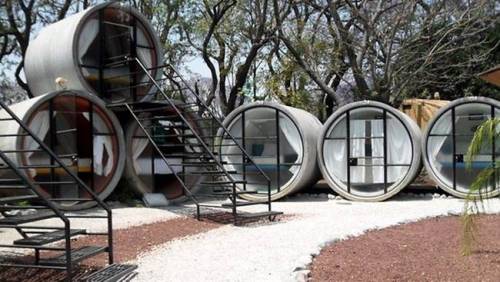
EMERGENCY AND TRANSITIONAL HOUSING IN DAY TUBE HOTELS
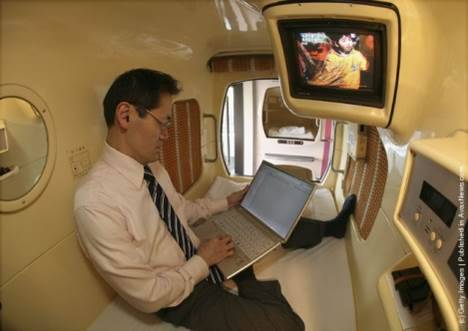
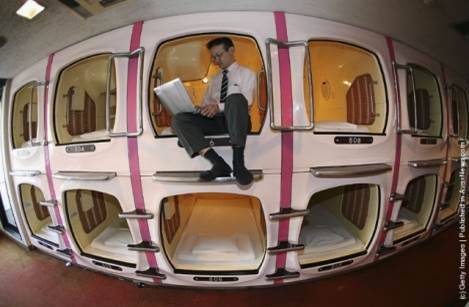
The properties will be linked to main transportation routes via electricity-powered vehicles or a human-powered solution such as the Schweeb Monorail:
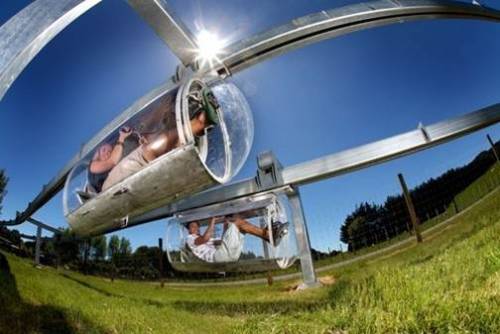
_______________________________________________________________
You can contribute to the success of this vision. Feel free to help me disseminate the campaign by sharing it with friends, family, and colleagues. Thank you for your support.

Contact me to contribute to this vision. Thank you.


 facebook.com/homelessnsandiego
facebook.com/homelessnsandiego
My gratitude to filmmaker Brooks Venters is unconditional. Please visit Ventersproductions.com

This blog is made in Escondido, California

All images are © of their owners. Personal content by Homeless in San Diego is licensed under the Creative Commons:

Homeless in San Diego by HISD.LIFE is licensed under a Creative Commons Attribution-Non-Commercial-NoDerivatives 4.0 International License.
















